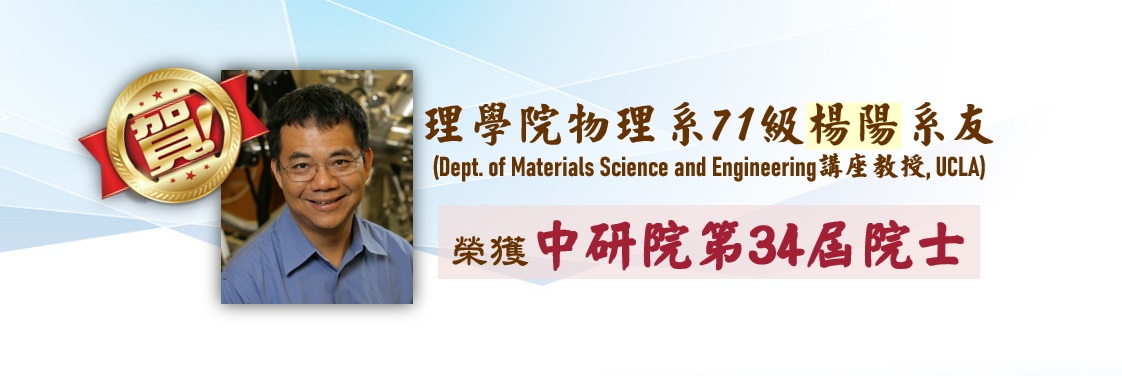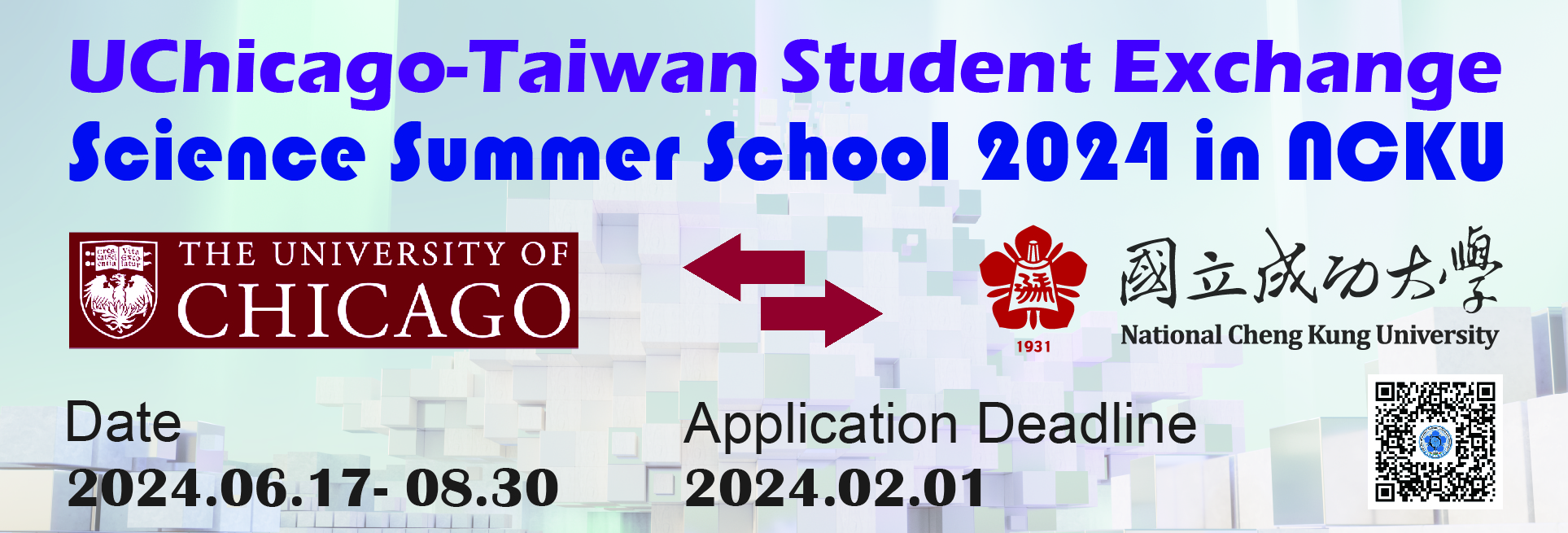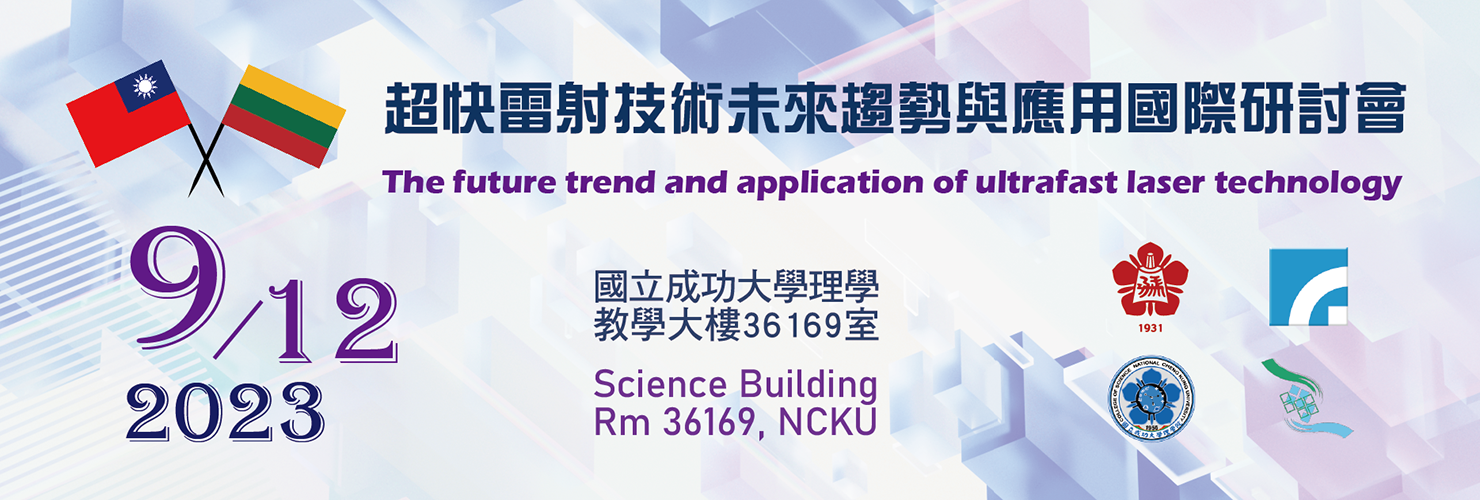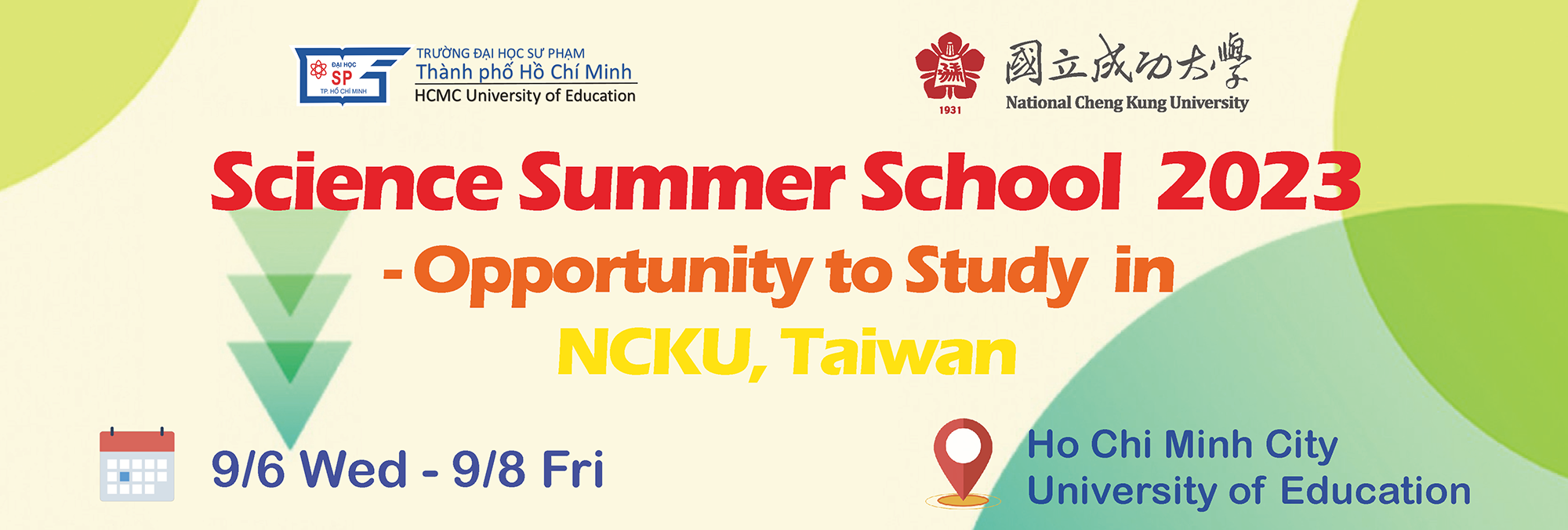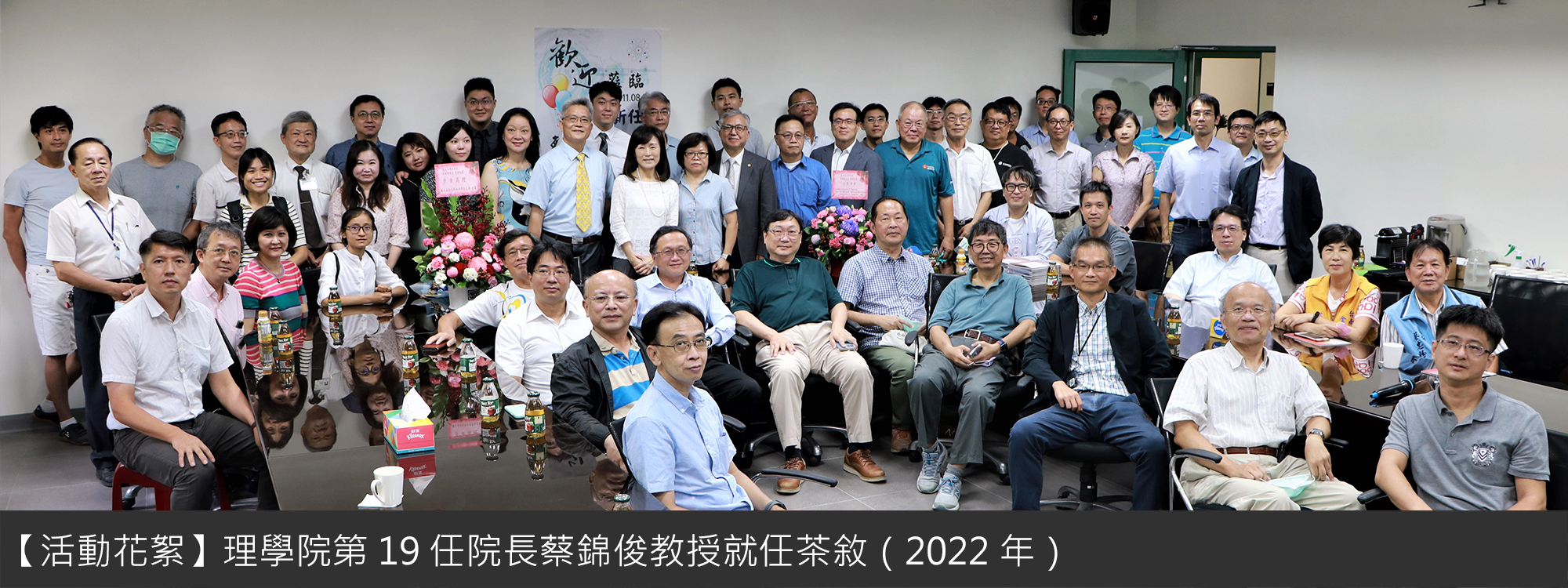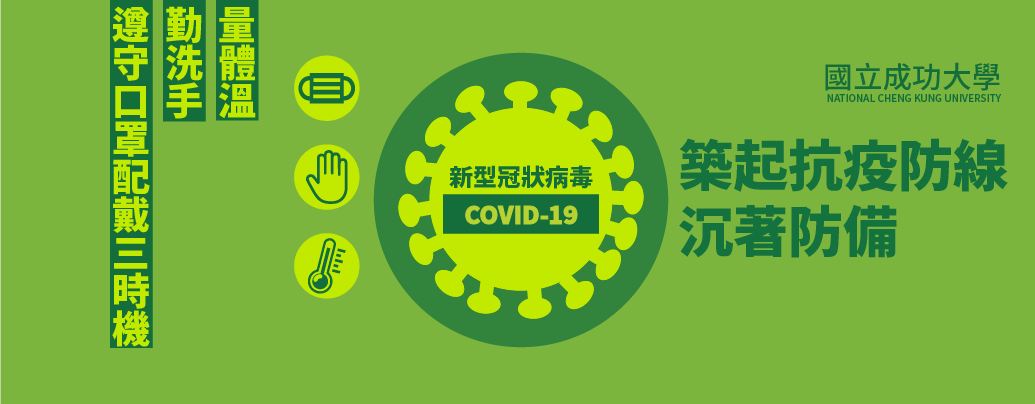【理學論壇暨化學系專題演講】114.3.18(二) Prof. Fraser A. Armstrong-How Enzymes are Inspiring Electrocatalysis
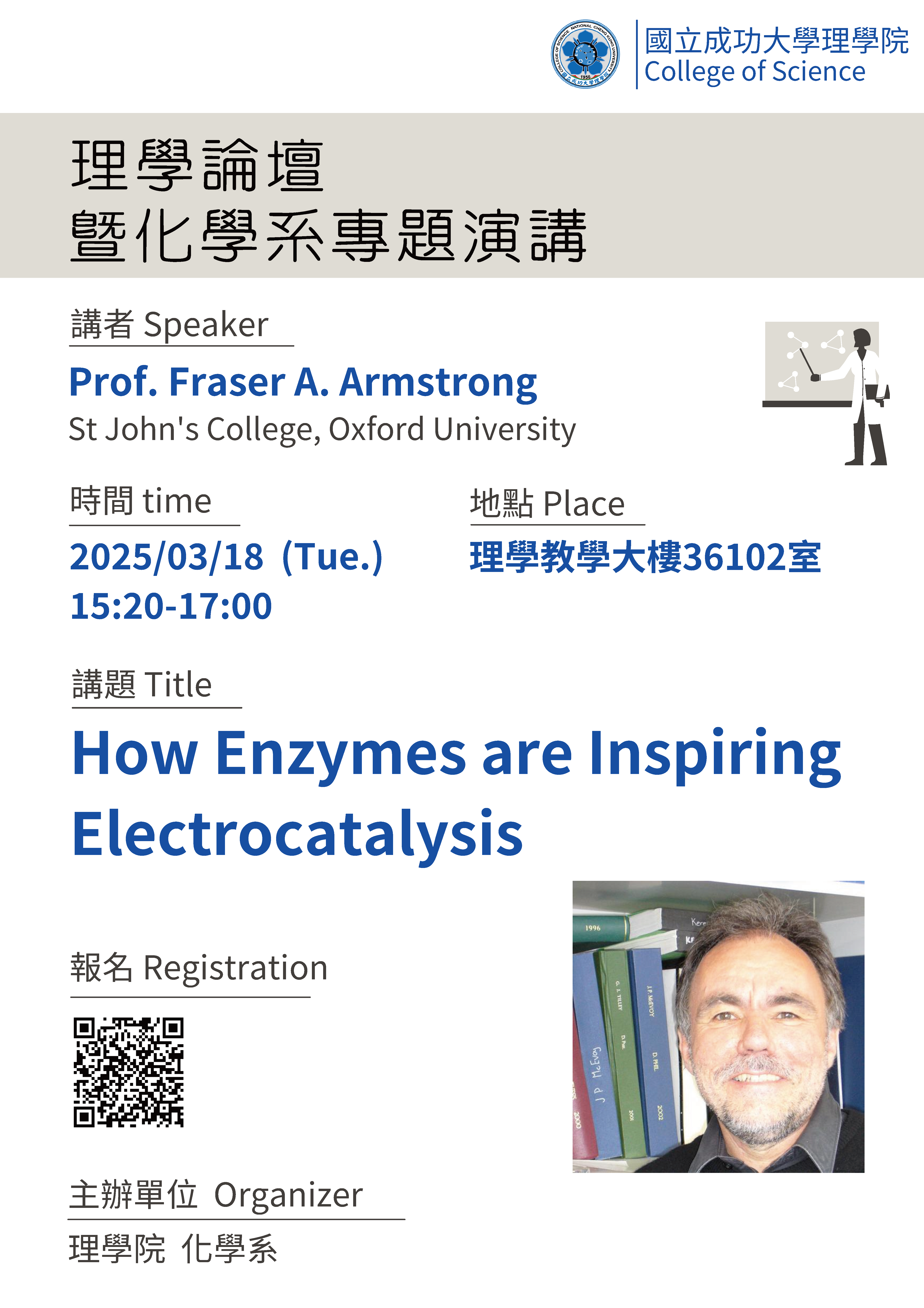
【理學論壇暨化學系專題演講】
【主講者】Prof. Fraser A. Armstrong/ St John’s College, Oxford University
【演講時間】2025/3/18(二) 15:20-17:00
【演講地點】理學教學大樓36102室
【Abstract】
Protein film electrochemistry (exploiting direct interfacial electron tunnelling with surface-bound proteins) provides unique metrics and insight for advancing catalysis in different ways. Numerous electron-transport enzymes are now established to be reversible electrocatalysts, meaning that the direction of catalytic electron flow switches abruptly about the formal potential, i.e. overpotential is minimised.1,2 This lecture will outline the early discovery and subsequent development of reversible electrocatalysis by enzymes, including those activating H2 and CO2, and experimental examples of the roles of the outer-shell environment and the importance of concerted proton-electron transfers will be highlighted.3,4 Minimising overpotential would have been a driving factor in early evolution.
The theme of bio-inspired catalysis continues with the development of the Electrochemical Leaf (e-Leaf), a powerful new platform for biocatalysis that involves the nanoconfinement of enzyme cascades (to achieve tandem++ catalysis) in mesoporous electrode materials.5,6 One of the enzymes (the electron-hydride transducer) is ferredoxin-NADP+ reductase (FNR) – yet another reversible electrocatalyst which (at local concentrations up to mM and above) locally recycles the exchangeable cofactor NADP(H) that is captured by a second dehydrogenase enzyme. Third and higher-level enzymes (now including non-redox enzymes) are easily added to the porous material, whereupon the exchangeable cofactors and intermediates, now being highly channeled, serve as current carriers. The e-Leaf can be exploited for lego-style biosensing and production of complex compounds including pharmaceuticals. It enables studies of the collective action of enzymes that are concentrated in enclosures and which, through their high selectivity and activities, may become analogous to the logic gates of electronic circuits. The outcome - ‘cascadetronics’ – has implications for how living cells operate.
- Diode-like Behaviour of a Mitochondrial Electron-transport Enzyme. A. Sucheta, B. A. C. Ackrell, B. Cochran and F. A. Armstrong. Nature 356, 361-362 (1992).
- Reversibility and Efficiency in Electrocatalytic Energy Conversion and Lessons from Enzymes. F. A. Armstrong and J. Hirst. Proc. Natl. Acad. Sci. USA 108, 14049-14054 (2011).
- Mechanism of Hydrogen Activation by [NiFe]-hydrogenases. R. M. Evans, E. J. Brooke,
S. A. M. Wehlin, E. Nomerotskaia, F. Sargent, S. B. Carr, S. E. V. Phillips and F. A. Armstrong. Nature Chem. Biol. 12, 46-50 (2016). - Replacing a Cysteine Ligand by Selenocysteine in a [NiFe]-Hydrogenase Unlocks Hydrogen Production Activity and Addresses the Role of Concerted Proton-Coupled Electron Transfer in Electrocatalytic Reversibility. R. M. Evans, N. Krahn, J. Weiss, K. A. Vincent, D. Söll and F. A. Armstrong. J. Amer. Chem. Soc. 146, 16971-16976 (2024).
- Interactive Biocatalysis Achieved by Driving Enzyme Cascades inside a Porous Conducting Material. B. Siritanaratkul, C. F. Megarity, R. A. Herold and F. A. Armstrong. Communications Chemistry, 7: 132 (2024).
- Building Localized NADP(H) Recycling Circuits to Advance Enzyme Cascadetronics.
R. A. Herold, C. J. Schofield and F. A. Armstrong. Angewandte Chemie. Int. Ed., 64, e202414176 (2025).
【報名資訊】請於3月17日(一)前至 https://forms.gle/TdQv7wfSRwHX3oHg8 報名
(與化學系專題討論合辦,化學系師生優先參與。開放外系師生同仁共100名報名參加,滿額即截止報名)

